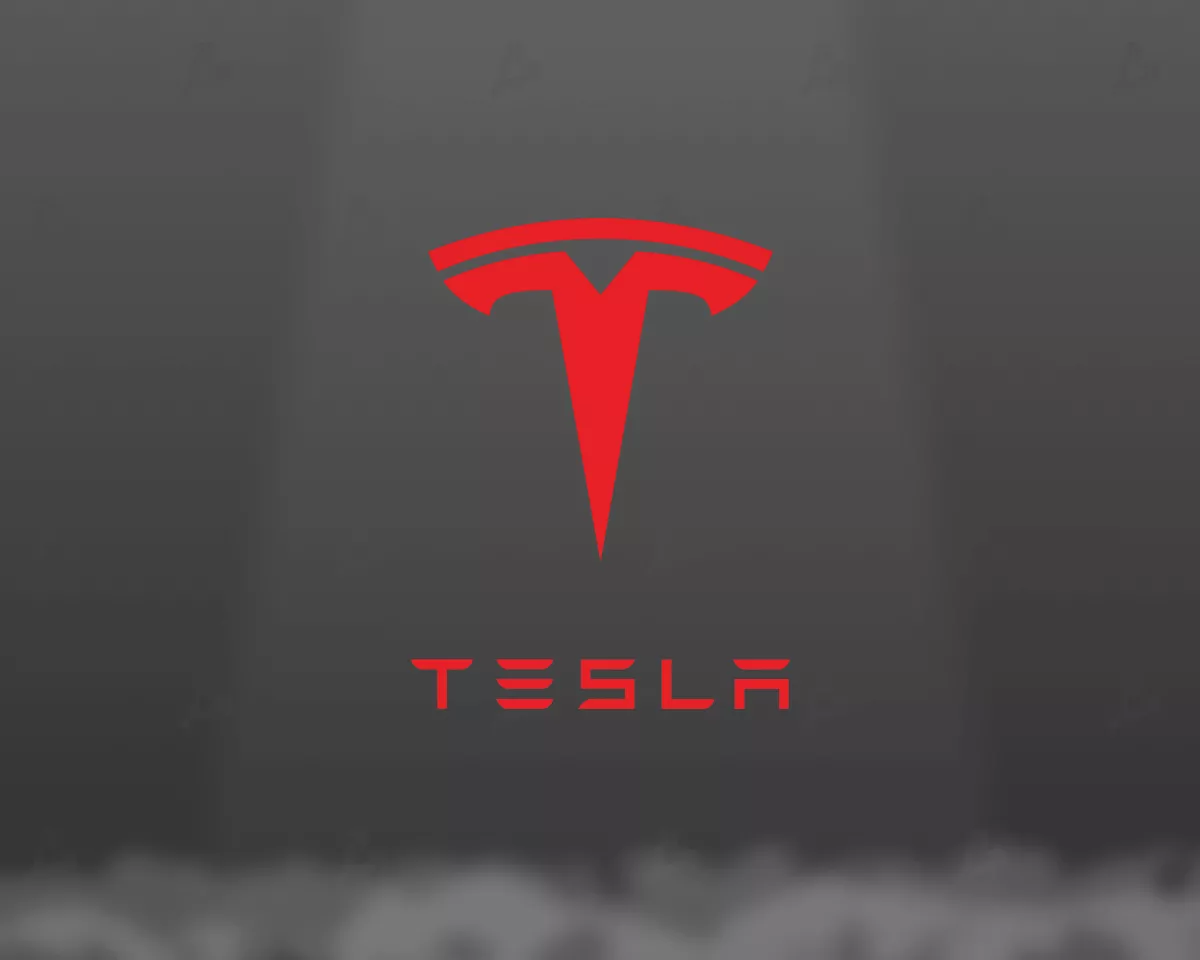Driver inattention combined with the shortcomings of Tesla Autopilot and Full Self-Driving (FSD) technologies have led to hundreds of injuries and dozens of deaths. This is stated in the NHTSA report.
According to the findings, users of these systems "were not sufficiently involved in driving." At the same time, Tesla's technologies themselves "did not provide the proper level of attention to drivers."
In total, from January 2018 to August 2023, the regulator investigated 956 road accidents. 29 people were killed in these accidents, some of which included other cars colliding with a Tesla.
The agency also recorded 211 incidents in which "the frontal part of a Tesla car hit a vehicle or an obstacle in its path." In the most serious cases, 14 people died and 49 were injured.
NHTSA initiated an investigation after Tesla drivers crashed into stationary emergency vehicles parked on the side of the road. Most of these incidents occurred in the evening and at night, while the software ignored measures to control the situation on the road such as warning lights, flares, cones and a light board with arrows.
Drivers on autopilot do not have time to react in time
In its report, the agency concluded that Autopilot and, in some cases, FSD were not designed to keep the driver's attention at the wheel. Tesla, in turn, warns customers to be on their guard when using these technologies, including the need to keep their hands on the steering wheel and look at the road.
However, according to NHTSA, in many cases drivers became overconfident and lost their concentration. And when it came time to react to a dangerous situation, it was often too late.
In 59 accidents studied, the agency found that Tesla drivers had enough time—five seconds or more before hitting another object—to react. At 19, the threat was obvious in 10 seconds or more.
After examining the data logs and information provided by Tesla, NHTSA found that in most such situations, drivers did not have time to either brake or turn the steering wheel to avoid a collision.
"Accidents in which the driver did not make any or belated attempts to evade were found in all versions of Tesla equipment and the circumstances of the incident," the NHTSA said.
Tesla makes too many promises
NHTSA also compared Tesla's Level 2 (L2) automation features with products from other automakers. Unlike competitors, Autopilot shuts down rather than allowing the driver to adjust the steering. According to NHTSA, this "discourages" drivers from staying alert at the wheel.
"A comparison of Tesla's design solutions with similar L2 solutions revealed that the company is an industry pariah in its approach to technology, since a weak driver engagement system does not combine with Autopilot's permissive capabilities," the agency said.
https://forklog.com/exclusive/ai/pristegnite-remni-cheloveki-pochemu-nam-i-vam-nuzhny-robomobiliEven the Autopilot brand name is misleading, the NHTSA said. It allegedly suggests that the driver is not in control of the situation.
While other companies use some variations of the words "help," "feeling," or "command," Tesla products convince drivers that they have more capabilities than they actually have.
The California Attorney General and the State Department of Motor Vehicles are investigating the company for misleading branding and marketing.
NHTSA admits that its investigation may be incomplete due to "gaps" in Tesla's telemetry data. In fact, there may be many more accidents involving Autopilot and FSD than the agency has been able to detect.
The Autopilot update did not solve the security issues
Late last year, Tesla issued a voluntary software recall in response to the NHTSA investigation, updating the program to add additional warnings to Autopilot. However, NHTSA announced the launch of a new investigation, as a number of safety experts pointed out the "inadequacy" of the measures taken to allow the incorrect use of driver assistance systems.
The results of the investigation contradict the claims of Tesla CEO Elon Musk that his company is developing AI and is on the verge of releasing a fully unmanned electric car for personal use. At the end of this year, he plans to introduce a robotaxi, which should open a new era for the automaker.
Last week, during the first quarter earnings report, Musk reiterated that Tesla vehicles are safer than human-controlled cars.
"If a statistically significant amount of data convincingly shows that an unmanned vehicle is, say, twice as likely to have an accident as a human—controlled vehicle, I think it's hard to ignore," Musk said.
He believes that stopping the operation of self-driving cars is equivalent to "killing people."
Elon Musk is targeting the Chinese market
Simultaneously with the release of the NHTSA report, Musk went on an unannounced visit to China. According to sources, one of the issues discussed was the discussion of the implementation of Autopilot and FSD in the country.
Musk previously wrote on Twitter that Tesla could make Full Self-Driving available to customers in China "very soon."
It may be possible very soon
— Elon Musk (@elonmusk) April 20, 2024Chinese state broadcaster CCTV, in its report on Musk's meeting with Chinese Prime Minister Li Qiang, did not say whether they discussed FSD or data.
Musk's trip came just over a week after he canceled a planned visit to India to meet with Prime Minister Narendra Modi.
Recall that in May 2023, U.S. Secretary of Transportation Pete Buttigic criticized Tesla's autopilot.
